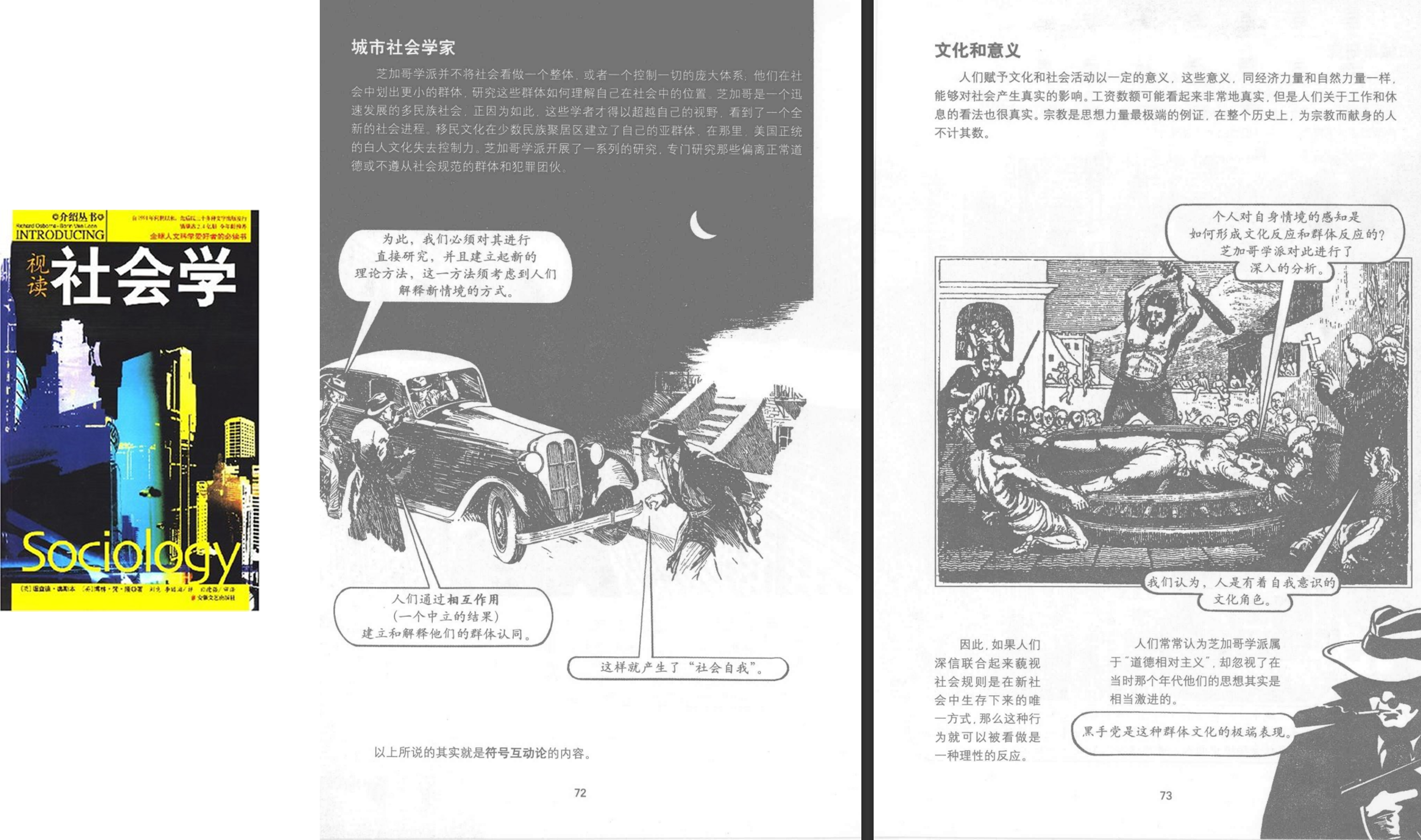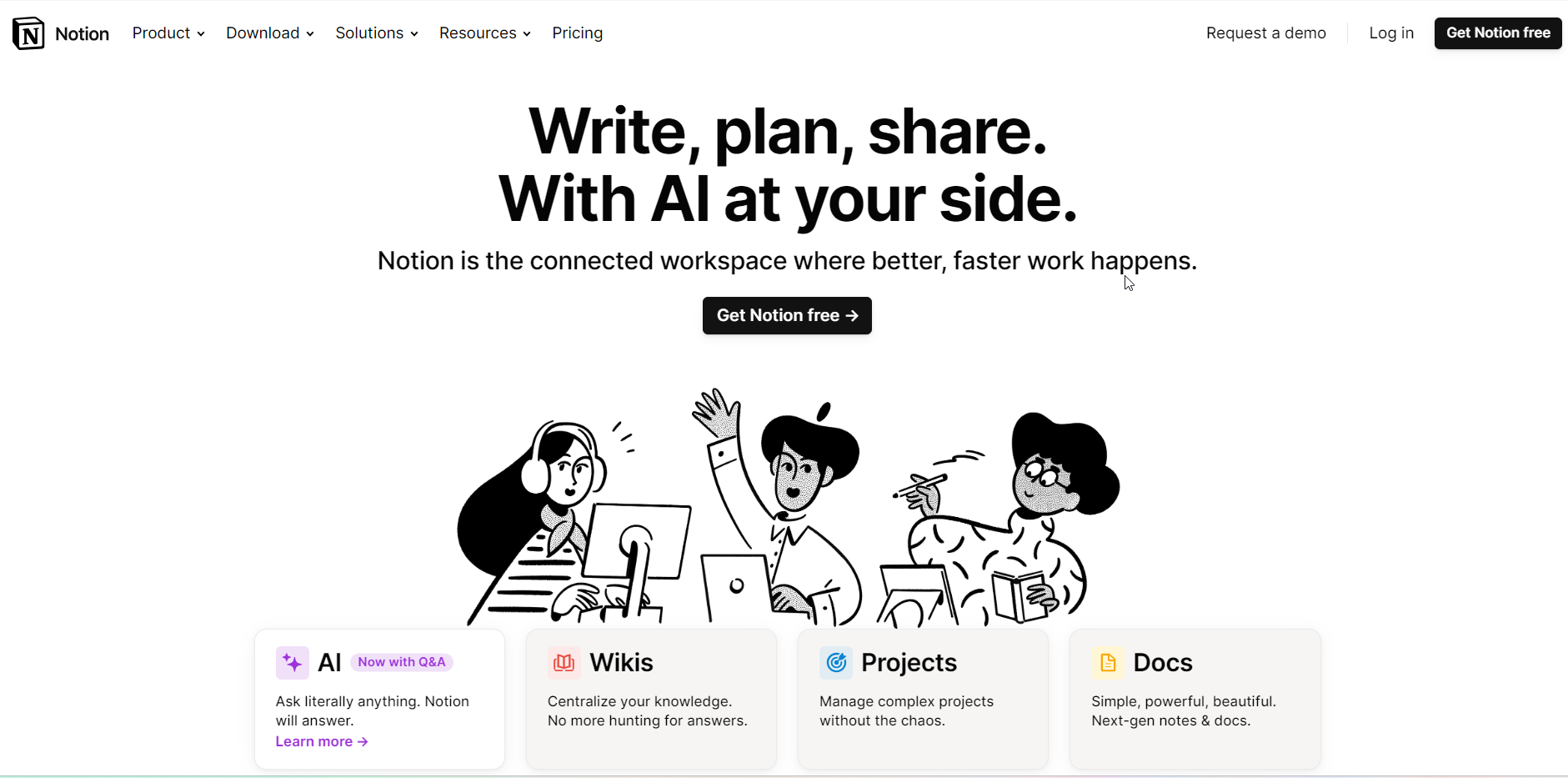- 文章信息
- 作者: kaiwu
- 点击数:813
1.ollama
https://github.com/ollama/ollama
https://ollama.com/blog/llama3

用于ollama的模型:
Ollama supports a list of models available on ollama.com/library
Here are some example models that can be downloaded:
| Model | Parameters | Size | Download |
|---|---|---|---|
| Llama 3.2 | 3B | 2.0GB | ollama run llama3.2 |
| Llama 3.2 | 1B | 1.3GB | ollama run llama3.2:1b |
| Llama 3.1 | 8B | 4.7GB | ollama run llama3.1 |
| Llama 3.1 | 70B | 40GB | ollama run llama3.1:70b |
| Llama 3.1 | 405B | 231GB | ollama run llama3.1:405b |
| Phi 3 Mini | 3.8B | 2.3GB | ollama run phi3 |
| Phi 3 Medium | 14B | 7.9GB | ollama run phi3:medium |
| Gemma 2 | 2B | 1.6GB | ollama run gemma2:2b |
| Gemma 2 | 9B | 5.5GB | ollama run gemma2 |
| Gemma 2 | 27B | 16GB | ollama run gemma2:27b |
| Mistral | 7B | 4.1GB | ollama run mistral |
| Moondream 2 | 1.4B | 829MB | ollama run moondream |
| Neural Chat | 7B | 4.1GB | ollama run neural-chat |
| Starling | 7B | 4.1GB | ollama run starling-lm |
| Code Llama | 7B | 3.8GB | ollama run codellama |
| Llama 2 Uncensored | 7B | 3.8GB | ollama run llama2-uncensored |
| LLaVA | 7B | 4.5GB | ollama run llava |
| Solar | 10.7B | 6.1GB | ollama run solar |
Note
You should have at least 8 GB of RAM available to run the 7B models, 16 GB to run the 13B models, and 32 GB to run the 33B models.
2.中文相关的几个模型
2.1 llama2-chinese
https://ollama.com/library/llama2-chinese
ollama run llama2-chinese
2.2 qwen
https://ollama.com/library/qwen
阿里云的千问模型
ollama run qwen
2.3 yi
Yi 是百度的大语言模型
https://ollama.com/library/yi:34b
https://huggingface.co/01-ai/Yi-34B
ollama run yi
ollama run yi:9b
ollama run yi:34b
3.图形界面
https://github.com/fmaclen/hollama
一个用于与 Ollama 服务器对话的简约网页界面。
功能特点:
- 大型提示字段
- 支持语法高亮的 Markdown 渲染
- 代码编辑器功能
- 可定制的系统提示
- 复制代码片段、消息或整个会话
- 编辑并重试消息
- 数据本地存储在您的浏览器上
- 响应式布局
- 浅色和深色主题
- 多语言界面
- 直接从界面下载 Ollama 模型
 |
|---|
4.移动应用app
Pocketpal这个app可以下载LLama模型,可以在没有联网的情况下(手机本地环境)进行类似于chat GPT的问答
https://github.com/Anicodeth/Pocketpal/tree/main/Mobile
https://github.com/a-ghorbani/PocketPal-feedback
https://apkpure.com/cn/pocketpal/com.pocketpalai/
PocketPal_1.4.6_APKPure.xapk

https://play.google.com/store/apps/details?id=com.pocketpalai
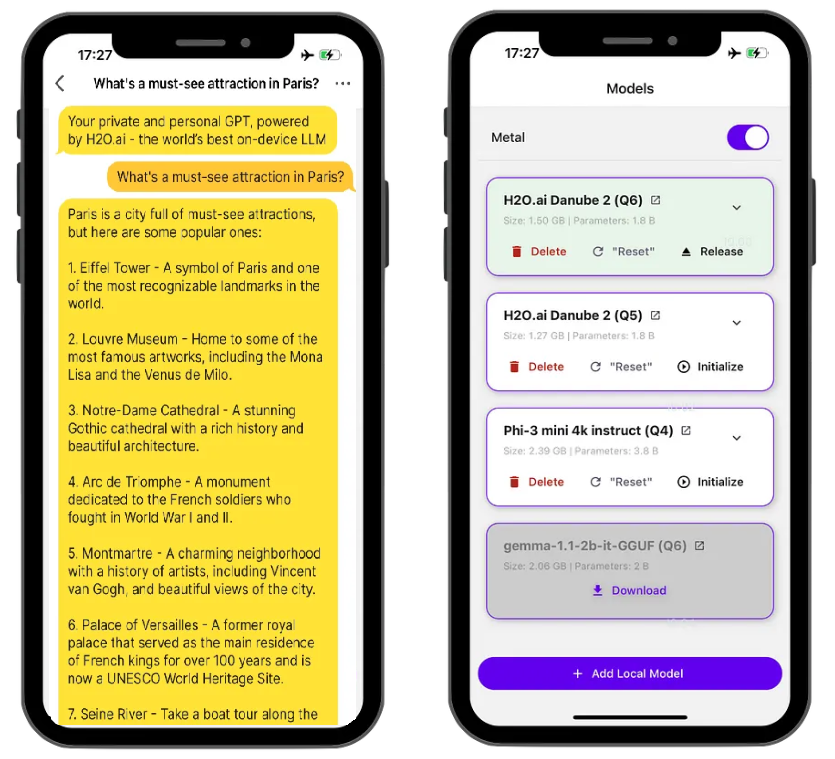
- 文章信息
- 作者: kaiwu
- 点击数:905
1.中科院中文新闻
https://www.cas.cn/syky/202404/t20240419_5012028.shtml
4月21日,全球首套高精度月球地质图集正式发布,图集包括《1:250万月球全月地质图集》和《1:250万月球分幅地质图集》(中英文版,含说明书),其中《1:250万月球全月地质图集》包含《1:250万月球全月地质图》、《1:250万月球岩石类型分布图》和《1:250万月球构造纲要图》,《1:250万分幅地质图集》包含30幅月球标准分幅地质图。
自上世纪60年代美国阿波罗计划实施以来,国际和国内的月球探测和月球科学研究都取得了长足进步,然而,月球地质研究至今仍沿用阿波罗时期研制的月球地质图,随着研究的深入,该月球地质图已不能满足未来的科研和月球探测需求。
https://gyig.cas.cn/gzdt_/kydt_/202206/t20220608_6458724.html
4月21日,全球首套高精度月球地质图集正式发布。图集包括《1:250万月球全月地质图集》和《1:250万月球分幅地质图集》(中英文版,含说明书)。
On April 21st, China released a geologic atlas set of the global moon with a scale of 1:2.5 million, which is the first complete high-definition lunar geologic atlas in the world. This geologic atlas set, available in both Chinese and English, includes the Geologic Atlas of the Lunar Globe and the Map Quadrangles of the Geologic Atlas of the Moon.
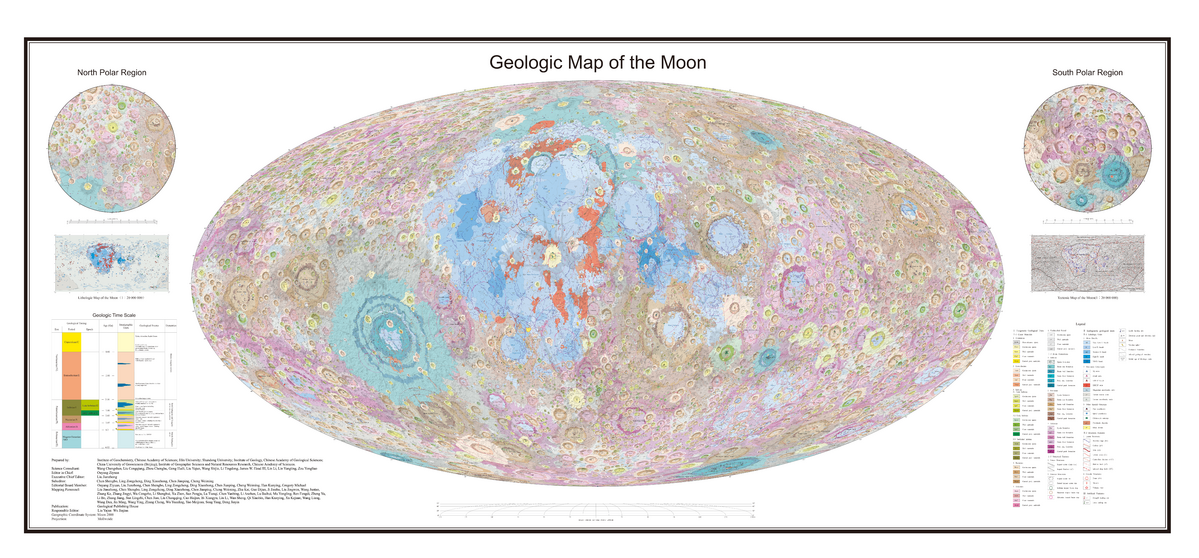
2.News from the Chinese Academy of Sciences
https://english.cas.cn/newsroom/cas_media/202404/t20240422_660730.shtml
China on Sunday released a geologic atlas set of the global moon with a scale of 1:2.5 million, which is the first complete high-definition lunar geologic atlas in the world, providing basic map data for future lunar research and exploration.
This geologic atlas set, available in both Chinese and English, includes the Geologic Atlas of the Lunar Globe and the Map Quadrangles of the Geologic Atlas of the Moon, according to the Institute of Geochemistry of the Chinese Academy of Sciences (CAS).
3.News from Chinadaily
https://cn.chinadaily.com.cn/a/202404/28/WS662dc06ca3109f7860ddb633.html
reference
- Xin, L. (2024). China’s Moon Atlas Is the Most Detailed Ever Made. Nature. https://doi.org/10.1038/d41586-024-01223-0
-
L. X., Nature. (2024, April 29). China’s Moon Atlas Is the Most Detailed Ever Made. Scientific American. https://www.scientificamerican.com/article/chinas-moon-atlas-is-the-most-detailed-ever-made/
-
Fortezzo, C.M., Spudis, P. D. and Harrel, S. L. (2020). Release of the Digital Unified Global Geologic Map of the Moon At 1:5,000,000- Scale. Paper presented at the 51st Lunar and Planetary Science Conference, Lunar and Planetary Institute, Houston, TX. https://www.hou.usra.edu/meetings/lpsc2020/pdf/2760.pdf

- 文章信息
- 作者: kaiwu
- 点击数:683
https://iconbooks.com/group/30-second/
![]()
30-SECOND
Books in the bestselling 30-Second series each open up a key area in the arts and sciences, with each concept within designed to be understood in just half a minute. From politics to maths, quantum theory to the brain.
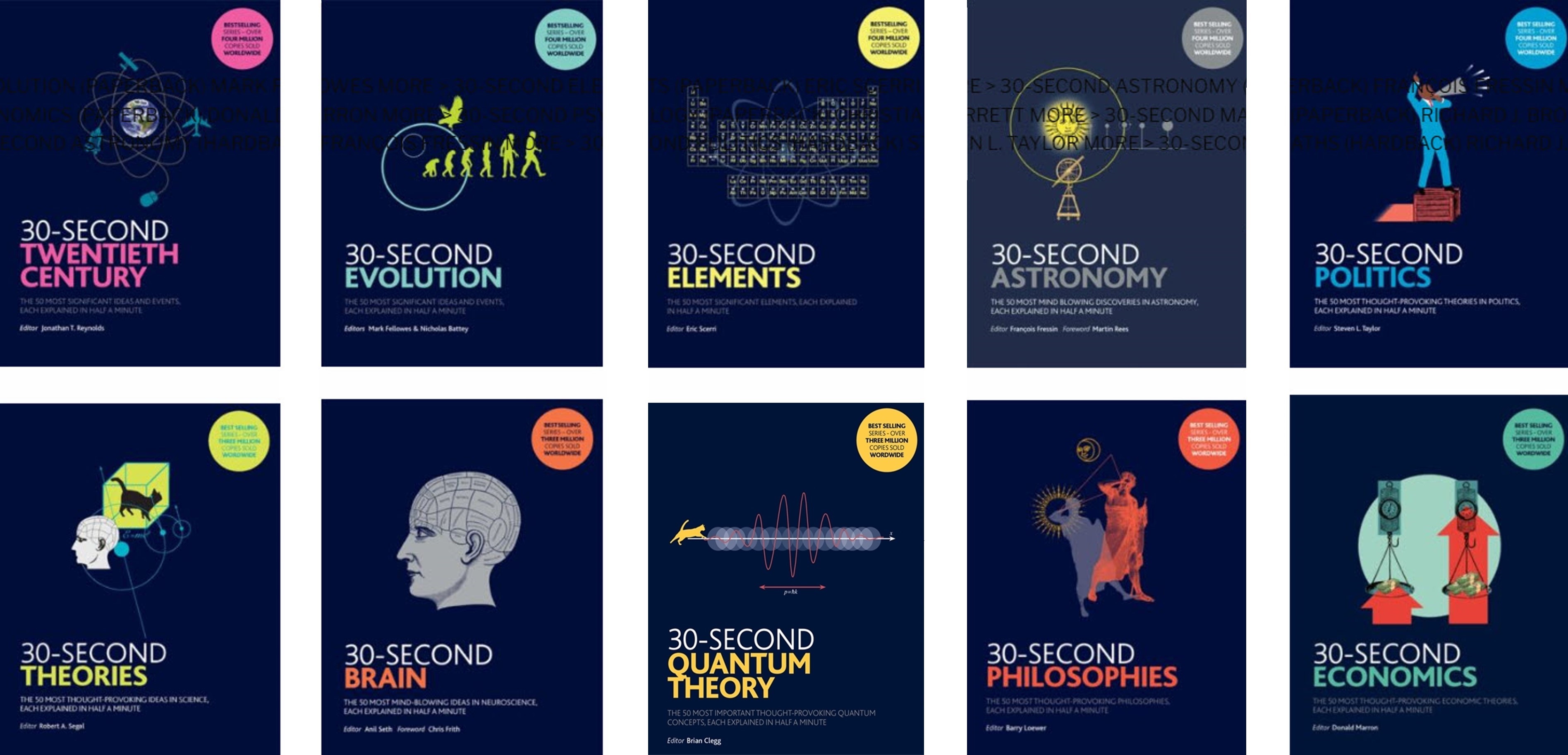
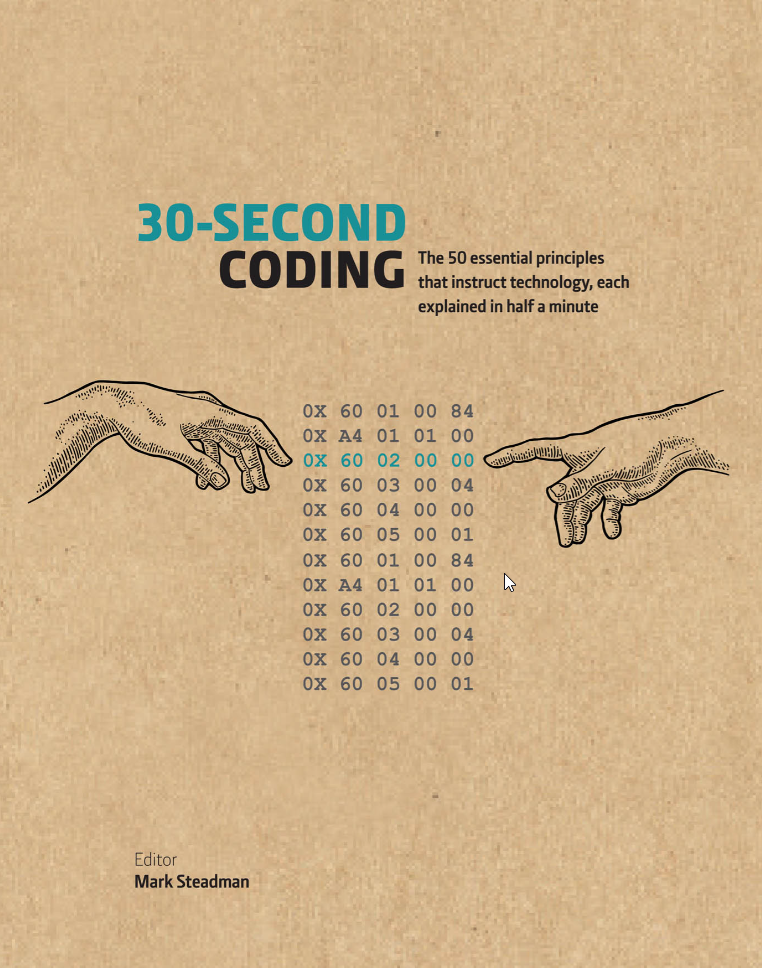
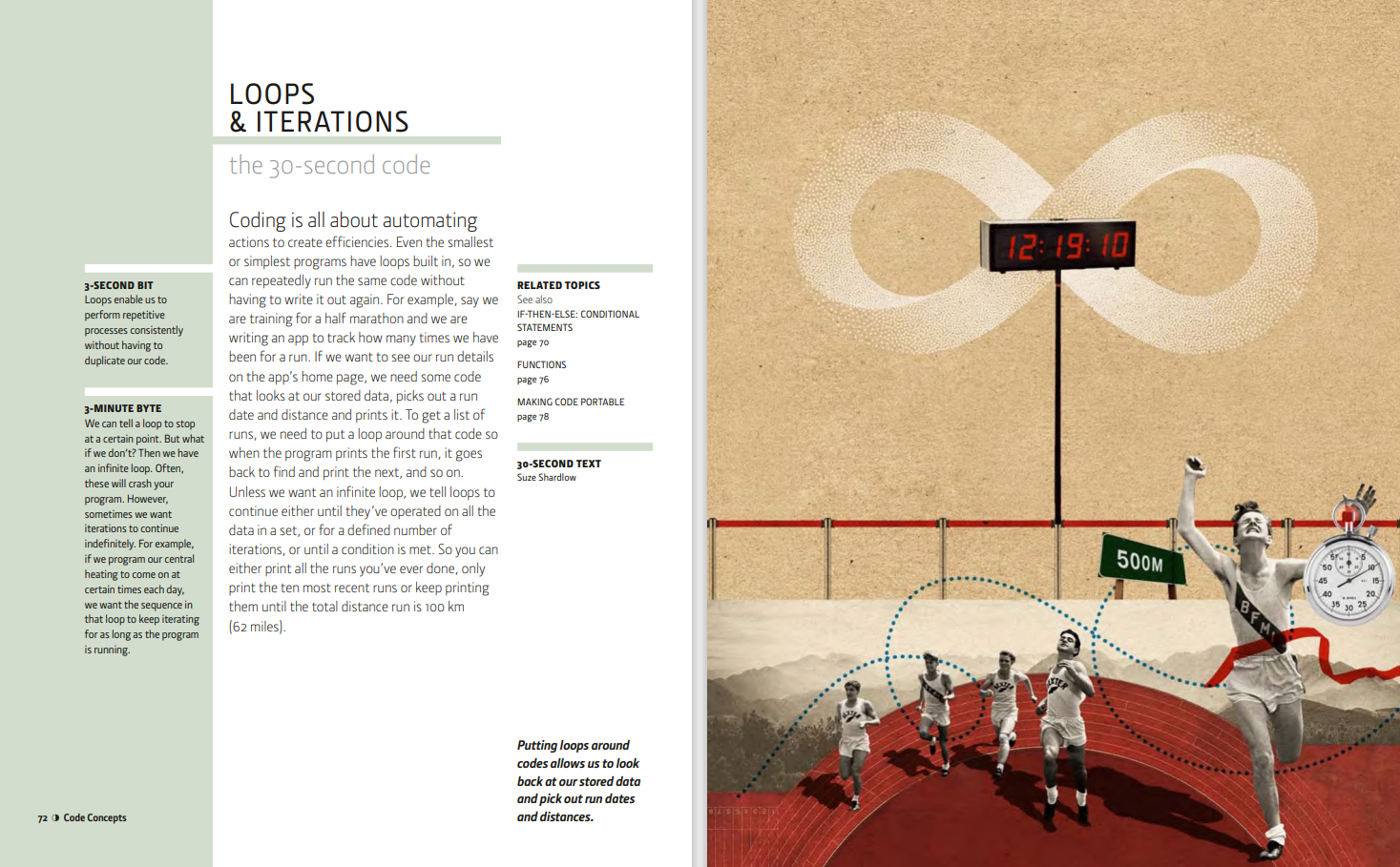
- 文章信息
- 作者: kaiwu
- 点击数:725
https://www.introducingbooks.com/
![]()
https://en.wikipedia.org/wiki/Introducing..._(book_series)
Introducing...
The Introducing... series is a book series of graphic guides covering key thinkers and topics in philosophy, psychology and science, and many others in politics, religion, cultural studies, linguistics and other areas. Books are written by an expert in the field and illustrated, comic-book style, by a leading graphic artist.
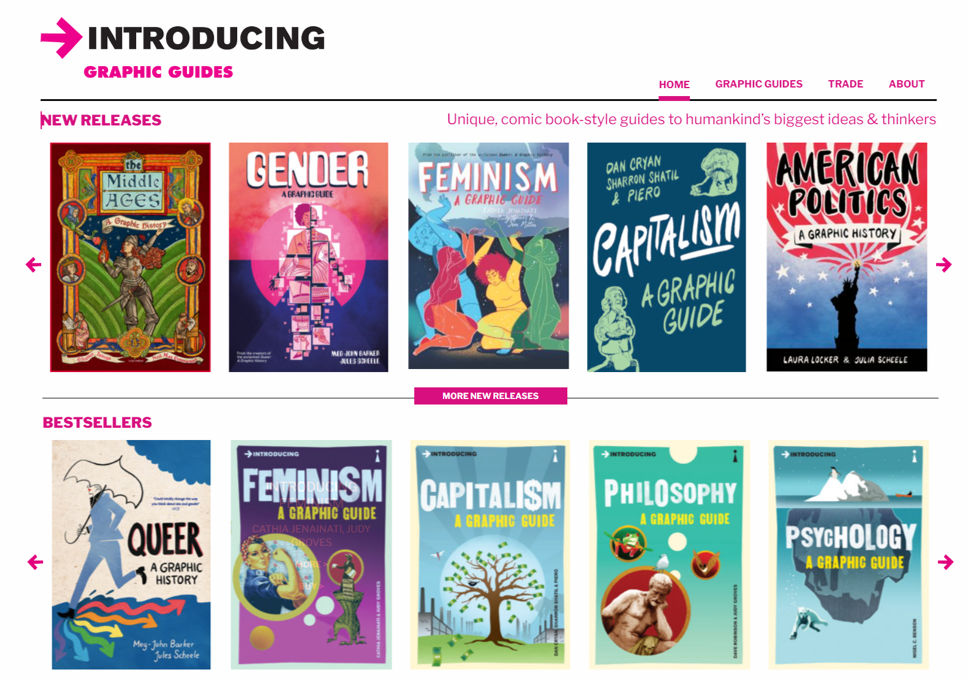
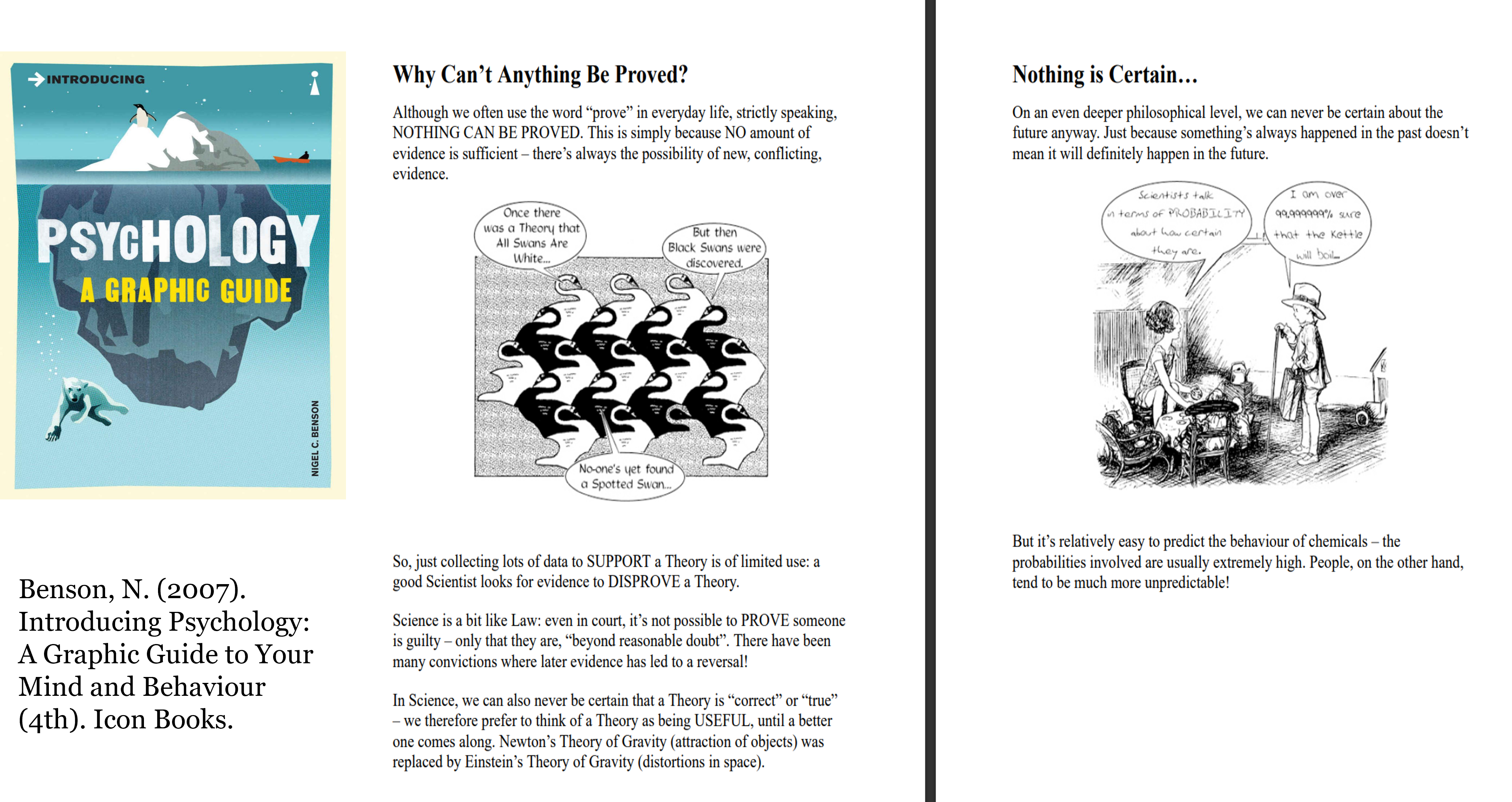
Introducing... series是一系列图解指南,涵盖哲学、心理学和科学以及政治、宗教、文化研究、语言学和其他领域的许多其他思想家和主题。 书籍由该领域的专家撰写,并由一位领先的图形艺术家以漫画风格绘制插图
中国有翻译的版本:视读书系
https://book.douban.com/series/5182

